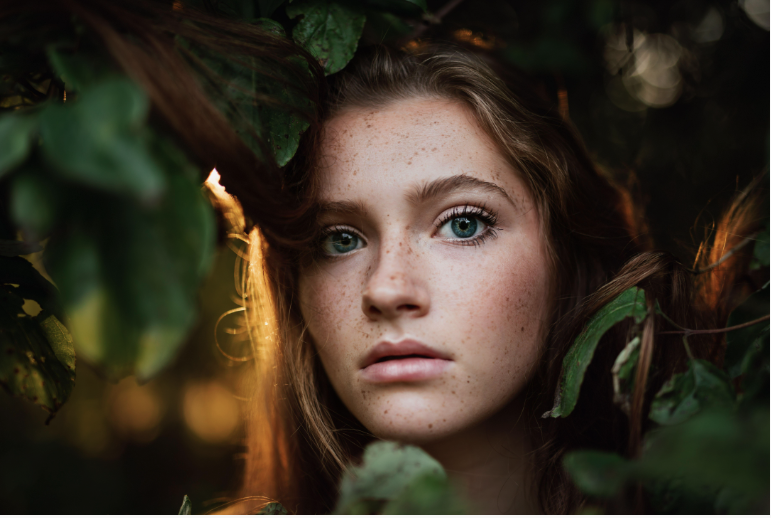The Truth About What You Need to Start Portrait Photography.
I may not know the meaning of life, but I do know that discovering my passion for photography has made my life so much more fulfilling. Whether photography is your career or a creative outlet, keeping that passion alive is essential.
Portrait photography, like any artistic pursuit, can feel like an expensive hobby. But what do you actually need to get started? The answer might surprise you. Want to Excel in Portrait Photography? Practice is the Key
Passion Over Perfection
When I started Portrait photography, I was a broke college student. I couldn’t afford fancy gear or elaborate setups. I even left my 9-to-5 job to follow this passion full-time, knowing the financial commitment it would take.
In the beginning, it’s easy to think having the latest camera will make you a great photographer. But the truth is, better gear doesn’t equal better photos. Becoming great at Portrait photography requires practice, creativity, and problem-solving—not just a fancy camera. The Essential Light Setup for Portrait Photography
Essentials for Getting Started
To dive into Portrait photography, you don’t need much:
- A Camera with Manual Settings
Start with whatever you have—borrow one if needed. Learning to shoot in manual mode is more important than owning the latest model. - A Basic Lens
Most beginner cameras come with an 18-55mm kit lens, which is perfect for getting started. If you can afford it, a “nifty fifty” (50mm lens) is an affordable, versatile upgrade. - Natural Light
Master natural lighting before investing in studio lights. A good reflector or diffuser can work wonders and is relatively inexpensive.
Why You Don’t Need Expensive Equipment
It’s a common misconception that the camera makes the photographer. Even with the priciest camera, your photos won’t shine unless you understand the basics of composition, lighting, and manual settings.
When I began, I used a borrowed DSLR and practiced with simple subjects, like a bowl of fruit. That experience taught me the fundamentals of photography before I upgraded my equipment. Full Frame vs Cropped Sensor: Which Is Better for Portrait Photography?
Building a Prop Collection
Props can make or break a Portrait photograph, but they don’t have to cost a fortune. Start small:
- Visit thrift stores for neutral, versatile items like white or grey plates and bowls.
- Experiment with inexpensive finds to understand what works for your style.
- Don’t overspend—donate what doesn’t work and refine your collection over time.
Investing in Your Skills
Before splurging on gear, invest in learning. Follow this roadmap:
- Buy or borrow a camera and practice shooting on manual.
- Study natural light and how to use it effectively.
- Learn the basics of composition and Portrait styling.
- Take a beginner’s photography course.
- Explore editing techniques to polish your images.
Once you’ve mastered these skills, you can decide where to invest further, whether in specialized lenses or advanced courses. Quick Guide to Metering for Portrait Photography: Which to Use and When
Where to Spend Your Money
Photography can be pricey, so prioritize what matters most to you. For me, it was creating. I’d rather invest in a lens than new home decor, and I built my gear collection slowly:
- Bought a second-hand DSLR.
- Borrowed lenses and rented equipment when necessary.
- Started with thrifted props.
- Saved for high-quality lenses and a full-frame camera.
The key is patience and making thoughtful investments over time.
Your Action Plan – Start Portrait Photography
Ready to take the first step? Here’s a summary of what you need to start Portrait photography:
- Use any camera with manual mode, even second-hand or borrowed.
- Learn to shoot manually before taking photography courses.
- Prioritize a good-quality lens over an expensive camera.
- Build your prop collection on a budget with thrift store finds.
- Focus on mastering lighting, composition, and editing before tackling advanced techniques.
Final Thoughts
Photography is a journey, not a race. Start with what you have, practice relentlessly, and let your passion guide you. With time and effort, you’ll develop a unique style and create stunning Portrait photography that reflects your vision.
Remember: It’s not about having the best gear—it’s about making the best use of what you have.
